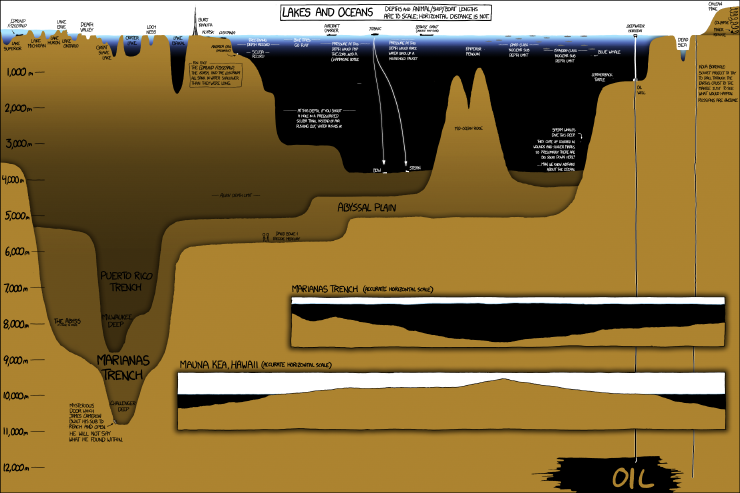
from xkcd.com

For everything from family to computers…

from xkcd.com
Macrovideo of insects made with Canon 7D and 65mm MP-E and Canon 100mm f/2.8 L IS.
For nearly six years, a mysterious condition called colony collapse disorder (CCD) has been wreaking havoc with the honey bee population in the US and Europe. The cause of CCD remains elusive, with various fingers being pointed at mites, fungi, viruses, pesticides, and even cell phone emissions. Today, a pair of studies were published in Science that suggest that sublethal exposure to a family of common pesticides called neonicotinoids might play a contributing role in the great bee die-off.
from Ars Technica
Many consumers could see their water bills double or even triple, as the country attempts to overhaul its aging water system over the next 25 years.
from Engadget
Pollution in Swiss lakes caused fish species to interbreed, wiping out much of the lakes’ diversity. The same could happen elsewhere
This little chameleon is one of four miniature lizards identified in Madagascar, adding to our growing list of amazingly teeny animals. The one on the match in this picture is a juvenile, but even the adults max out at 30 millimeters. They’re the smallest lizards in the world, and some of the smallest vertebrates found to date.
The Lilliputian lizard is near the lower limits of size in vertebrate animals. Learning about how these creatures live can put some constraints on animal morphology – if your species has eyes, a backbone and a brain, there’s likely a limit to how little you can get. A different group of field biologists just announced the world’s smallest frog, and they claim it is the smallest vertebrate in the world, knocking a tiny Indonesian fish off the pedestal of puniness.
The chameleons are related to other Madagascan lizards, but DNA analysis showed they have enough genetic differences to count as distinct species, according to the researchers who found them, led by Frank Glaw of the Zoological State Collection of Munich. The animals live in leafy undergrowth in Madagascan forests.
Tiny and camouflaged – how did they find these guys? Most of the lizards were collected at night, when they typically climb up into the underbrush to roost. The field biologists used torches and headlamps to spot the sleeping lizards, according to their paper.
The paper appears in the open-access journal PLoS One.

from Popular Science – New Technology, Science News, The Future Now